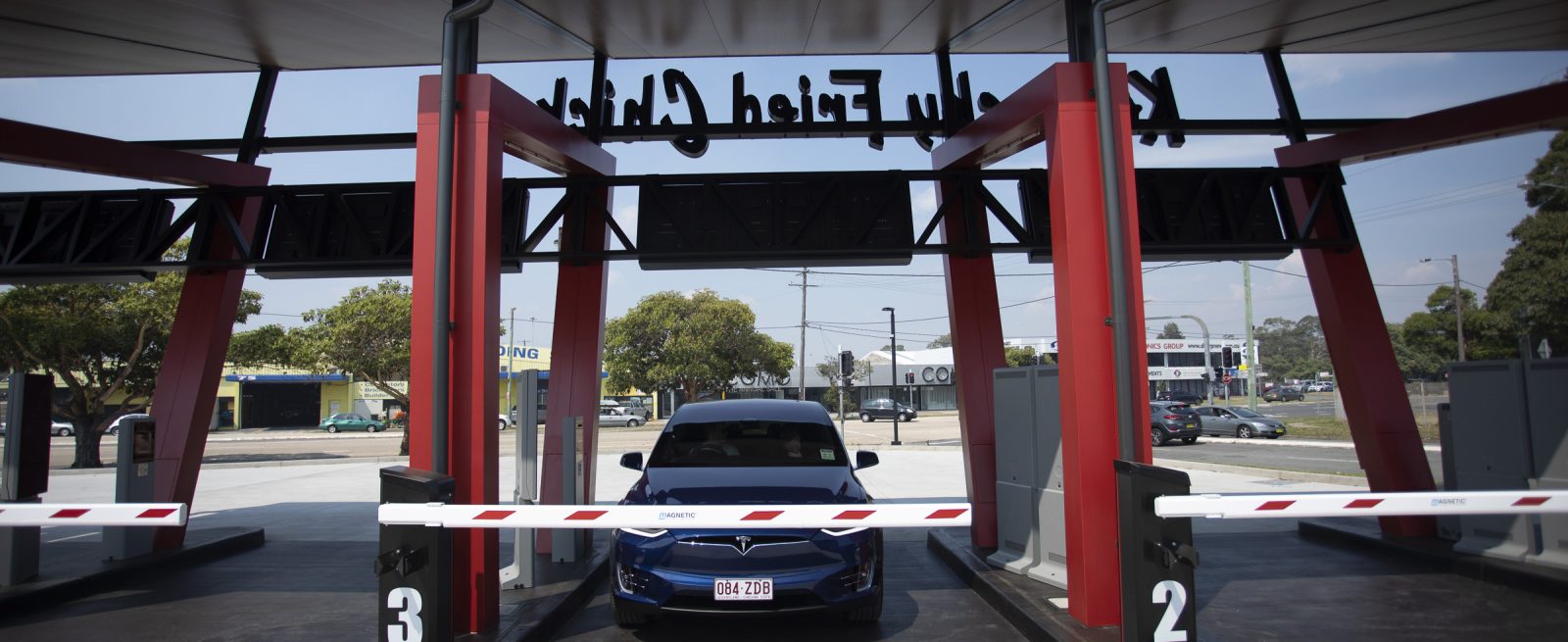The Future of Restaurant Design Post COVID-19
4 Min Read By Frank Robertson, Marty McCauley
In a post COVID-19 world, restaurant design must evolve and adapt to the new normal. With the evolution of the hospitality design, Heating, Ventilation and Air Conditioning (HVAC) systems will need to adapt to the changing architecture. Additionally, restaurants will experience a significant shift in technology and customer service. In this article, we discuss how restaurant design is changing as a result of the COVID-19 pandemic and highlight how we must rethink the consumer-facing footprint to make the restaurant experience more sustainable and bolster consumer confidence.
Architectural Considerations in HVAC
While no mechanical system can eliminate the spread of viruses like COVID-19, the American Society of Heating Ventilation and Air Conditioning Engineers (ASHRAE) have made it clear that mechanical systems can help mitigate the risks. Good design practices should be the industry standard but better systems and equipment must be considered. Mechanical systems should be designed to enhance the Indoor Air Quality (IAQ) of the spaces they serve. Studies have shown that better IAQ relates to reduce risk of airborne viruses such as COVID-19.
Good mechanical design starts with ventilation, filtration and proper airflow relation. All help with reducing the spread of viruses. Mechanical systems should be designed to code minimum ventilation rates. However, enhanced ventilation rates should be considered. Engineers have long known that “Dilution is the Solution” when it comes to reducing indoor pollutants. In other words, the greater the amount of outside air, the more diluted the pollutant is in the space. Additional care should be taken to ensure that the sources of outside air have proper clearances from other building exhaust sources such as grease or toilet exhaust. Airflow within restaurants should flow from cleaner sources to dirtier sources – from dining areas to kitchens, restrooms to pick up / delivery spaces and more. In addition to improving ventilation, upgrading air filters with higher rated Minimum Efficiency Reporting Value (MERV) 13 filters is a good starting point. Air filters work by filtering out the particulate that airborne pollutants attach to. The higher the filtration rate, the cleaner the air being delivered to those inside the building.
For those restauranteurs who are in a position to focus on providing an even higher degree of safety for patrons, changing the HVAC system to one that uses 100-percent outside air for make-up air and 100-percent exhaust should be considered. Energy impact can be minimized with the use of energy recovery devices. Properly designed energy recovery wheels or plate exchangers can recover 60-75 percent of the air being exhausted with minimal cross contamination.
Other considerations include introducing an anteroom or restricted enclosed space for pick up/delivery personnel. In ghost kitchens or for those where delivery/pick up is a significant portion of their business, localized exhaust or HEPA filtration in that enclosed area reduces the potential for transmission among the individuals using that space.
Confined and/or congested areas in restaurants are also a concern. In restrooms all fixtures should be touchless and fully exhausted restroom stalls that have full height dividers will provide a more sanitary environment. In both restrooms and near the entrance where people congregate, upper air / ceiling UV lights may be a potential consideration.
Future restaurant designs should consider the use of Displacement Ventilation systems in lieu of traditional overhead supply systems. A traditional HVAC system uses overhead diffusers to deliver the condition air at a high velocity overhead. The system encourages mixing of room air with supply air for an even temperature distribution. Return air is typically ducted in the plenum above the ceiling to go back to the air handling unit. While the system is cost effective and comfortable when designed correctly, the air mixing does not enhanced ventilation effectiveness. Displacement ventilation systems can enhance ventilation effectiveness when cooling. In this type of system, the supply air is introduced at floor level at a low velocity. As the air warms, it rises and is returned to the air handling unit to be filtered or exhausted out of the building. ASHRAE studies have shown that displacement ventilation systems to enhance IAQ. The IMC recognizes the enhanced ventilation with a 20-percent reduction in zone air distribution effectiveness when cooling.
Rethinking the Consumer-Facing Footprint
Restaurant designs of the future will be informed by low touch and high impact experiences. Brands will need to drastically decrease the number of physical touch points throughout their customer journey. Touchscreens will be left in the past and integrated technology will work to minimize angst surrounding the spread of COVID-19 and other contagious diseases but eliminating contact doesn’t mean the connection will be lost. Low touch solutions can, and should, still have a positive impact on the overall experience.

There are a few ways to accomplish these low touch, high impact experiences successfully: give consumers control, embrace technology, rethink the consumer-facing footprint and foster a culture for staff that leads to top-notch service.
Giving consumers control through their own mobile devices will be vital to success. From reserving in-person dining and carryout pickups, to scanning a QR code to access a digital menu, guests should be able to use their mobile devices for every touch point within a restaurant. Handing over the control to the consumer, will help them feel safer and more comfortable.
Embracing Different Dining Experiences
The consumer-facing footprint will look different than ever before. Dining rooms will be smaller, and the back of house will grow larger to accommodate an increase in demand for online orders and third-party pickups. Creative concepts that minimize time spent inside the restaurant will also become more prevalent. Dining al fresco will no longer be a temporary fix to social distancing guidelines, it will become a must-have for years to come. Walk-up windows and drive-thru only restaurants will also become increasingly popular for all types of food experiences from quick service to fine dining.
Technology will save the day in many cases by eliminating the number of surfaces guests have to touch. Tabletop kiosks, manned point-of-sale systems, and self-serve drink stations will be reevaluated with touchless automation in mind.
Finally, the single most important element to maintain these high-impact experiences will be the level of service provided. Restaurants will need to revamp their training process, create more robust development and growth programs, and offer valuable employee perks. Concentrating on the culture and service will have a significant impact on how guests view the overall experience. If customers are confident in their service, they will feel more at ease when dining out.
Top Photo Credit: courtesy of KFC SOPAC



